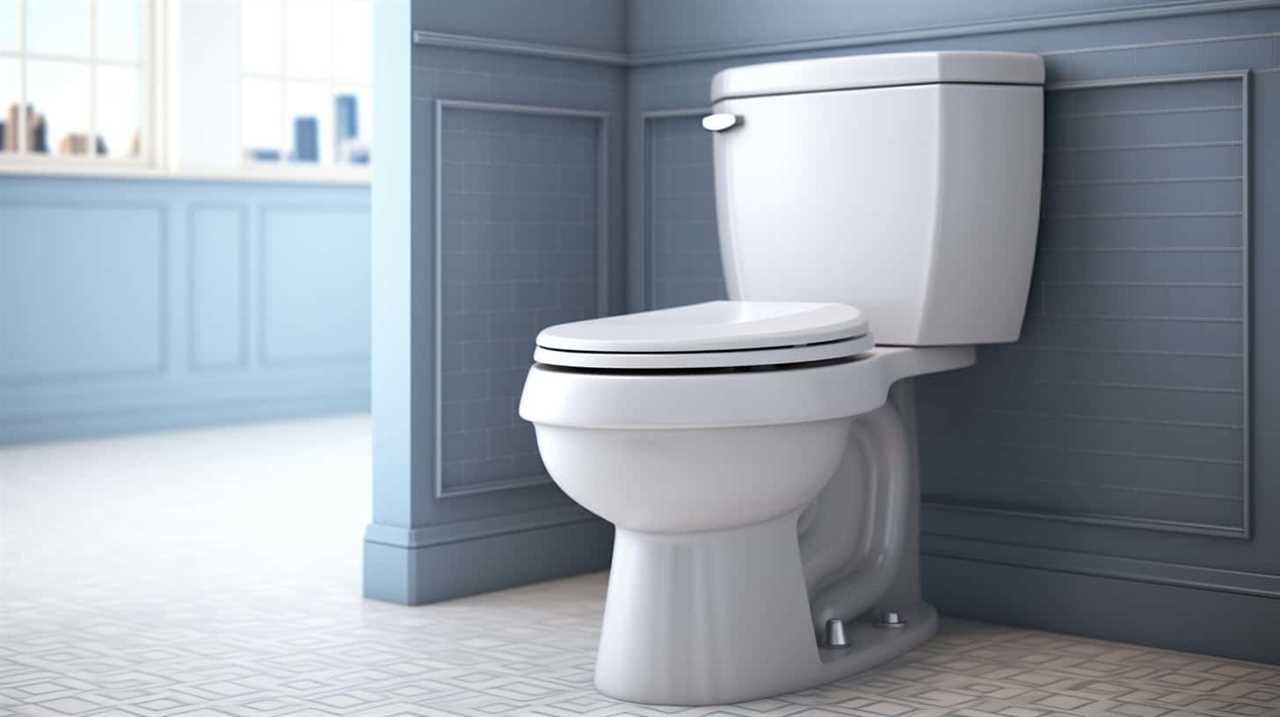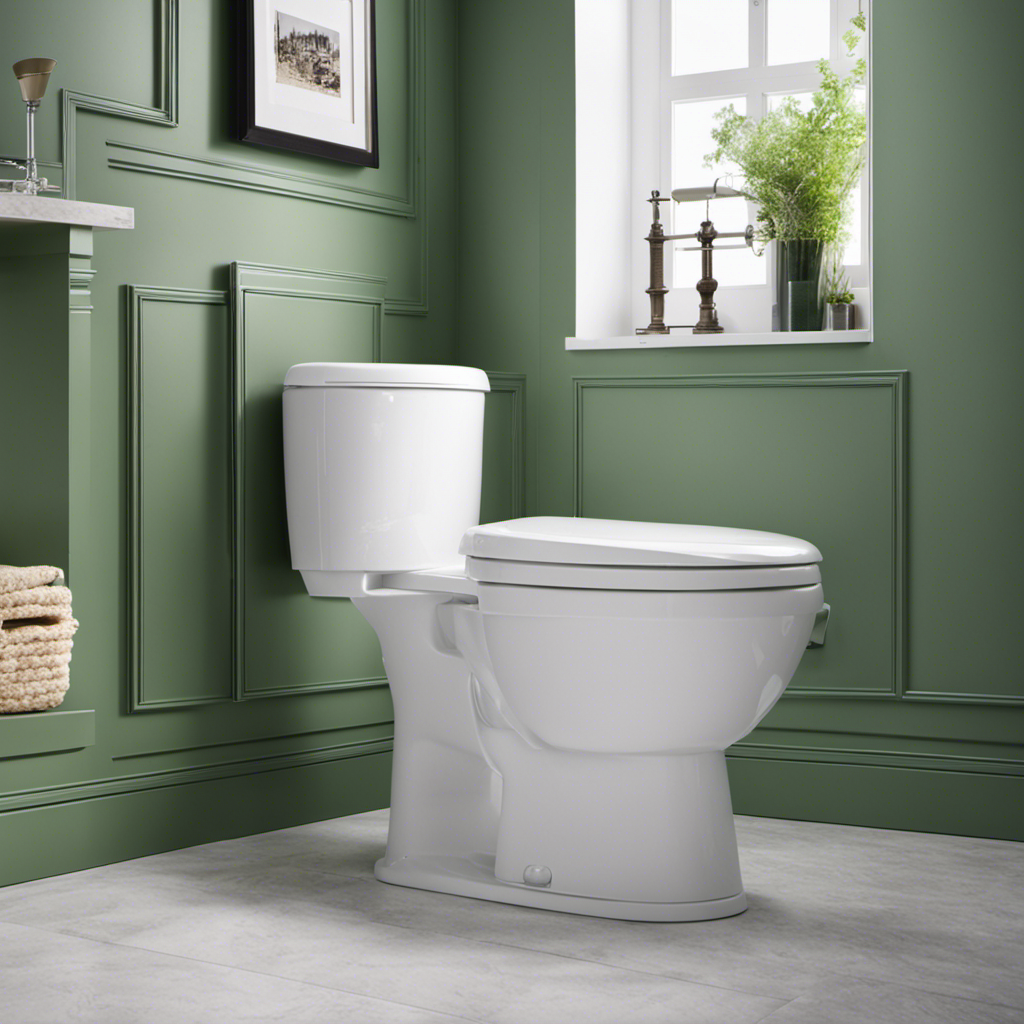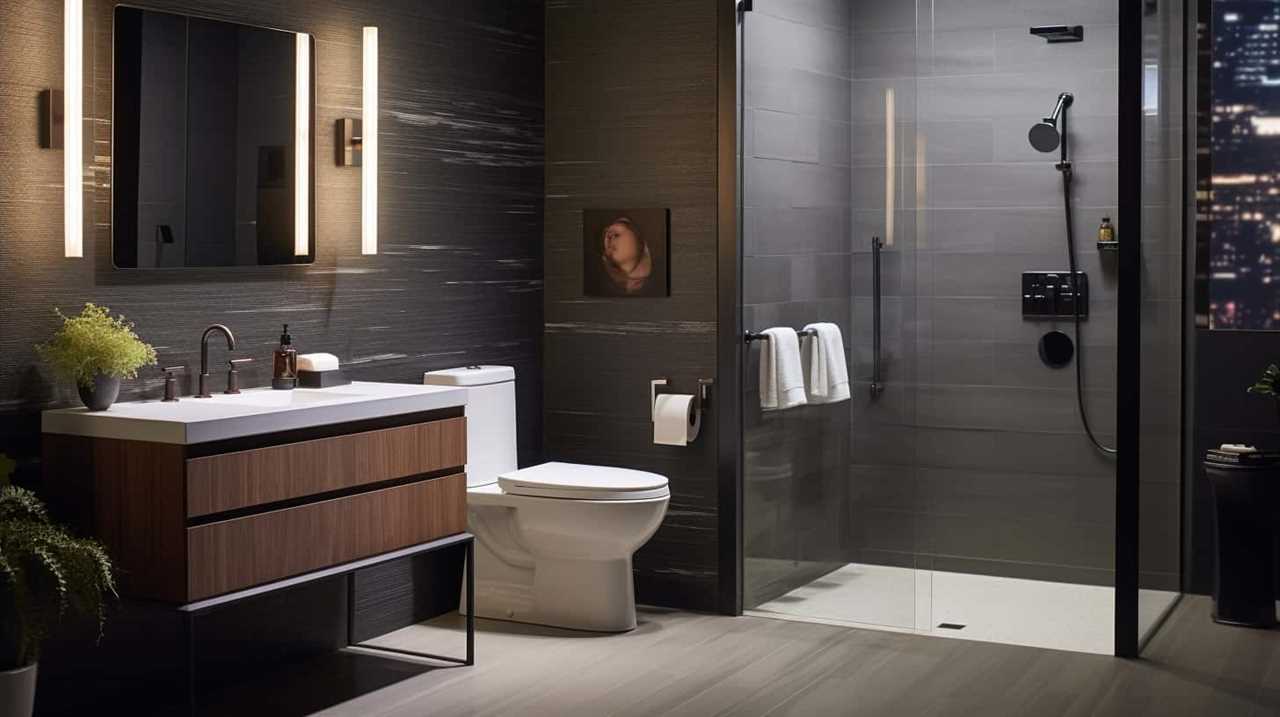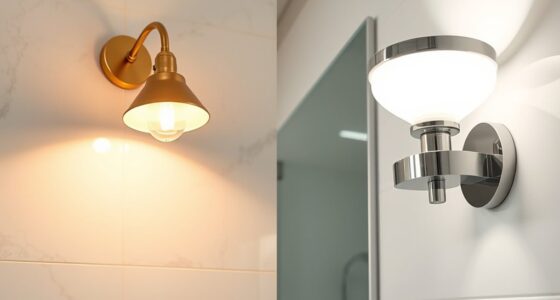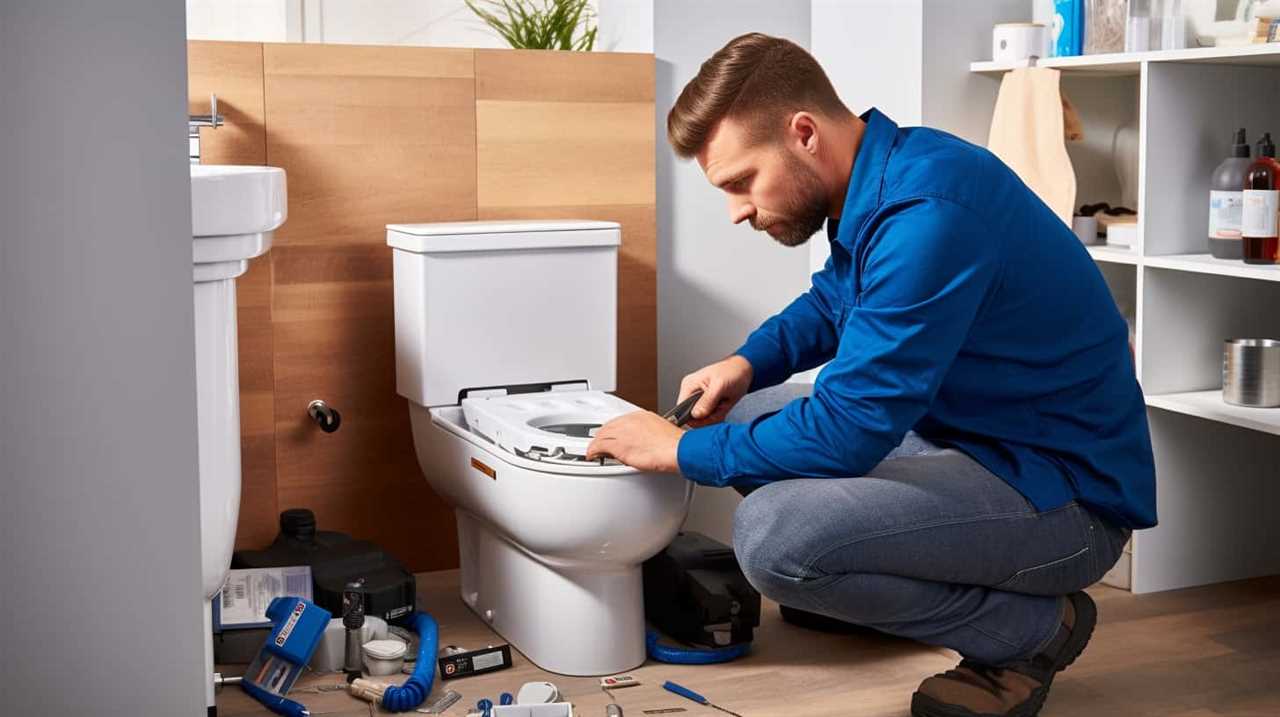We, like you, may have wondered why we can’t simply flush toilet paper in Europe. In this article, we delve into the historical plumbing systems, aging infrastructure challenges, environmental concerns, and cultural norms that have shaped this practice.
We also explore alternative solutions and best practices for maintaining hygiene while being mindful of the impact on our surroundings.
Join us as we uncover the reasons behind this intriguing phenomenon and uncover the secrets of European toilet etiquette.
Key Takeaways
- Aging infrastructure in Europe poses challenges to sanitation and public health.
- Lack of funding and investment exacerbates the issues faced by European countries in upgrading their infrastructure.
- Flushing toilet paper contributes to water pollution, deforestation, and energy consumption.
- Sustainable alternatives like bidets and eco-friendly toilet paper should be promoted to reduce environmental impact.
Historical Plumbing Systems
In our exploration of historical plumbing systems, we’ll delve into the evolution and challenges of sanitation infrastructure in Europe.
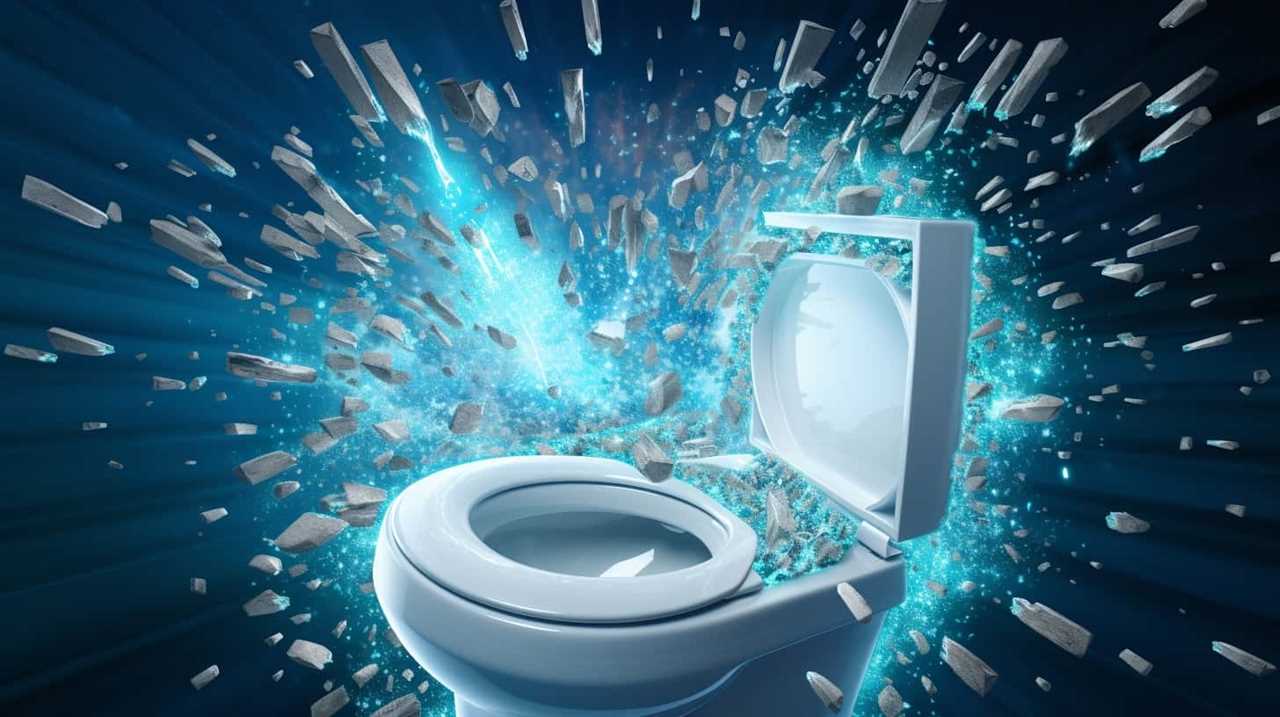
Throughout history, sanitation advancements have played a crucial role in improving public health. In ancient Rome, for example, they built intricate sewer systems that transported waste away from populated areas, preventing the spread of diseases.
In the Middle Ages, however, sanitation infrastructure declined, leading to unsanitary conditions and outbreaks of diseases like cholera.
The Industrial Revolution brought a renewed focus on public health, with the development of modern sewage systems and water treatment plants. These advancements significantly improved sanitation and reduced the incidence of waterborne diseases.
However, as we’ll discuss in the next section, Europe now faces challenges with its aging infrastructure, which threatens the progress made in sanitation and public health.
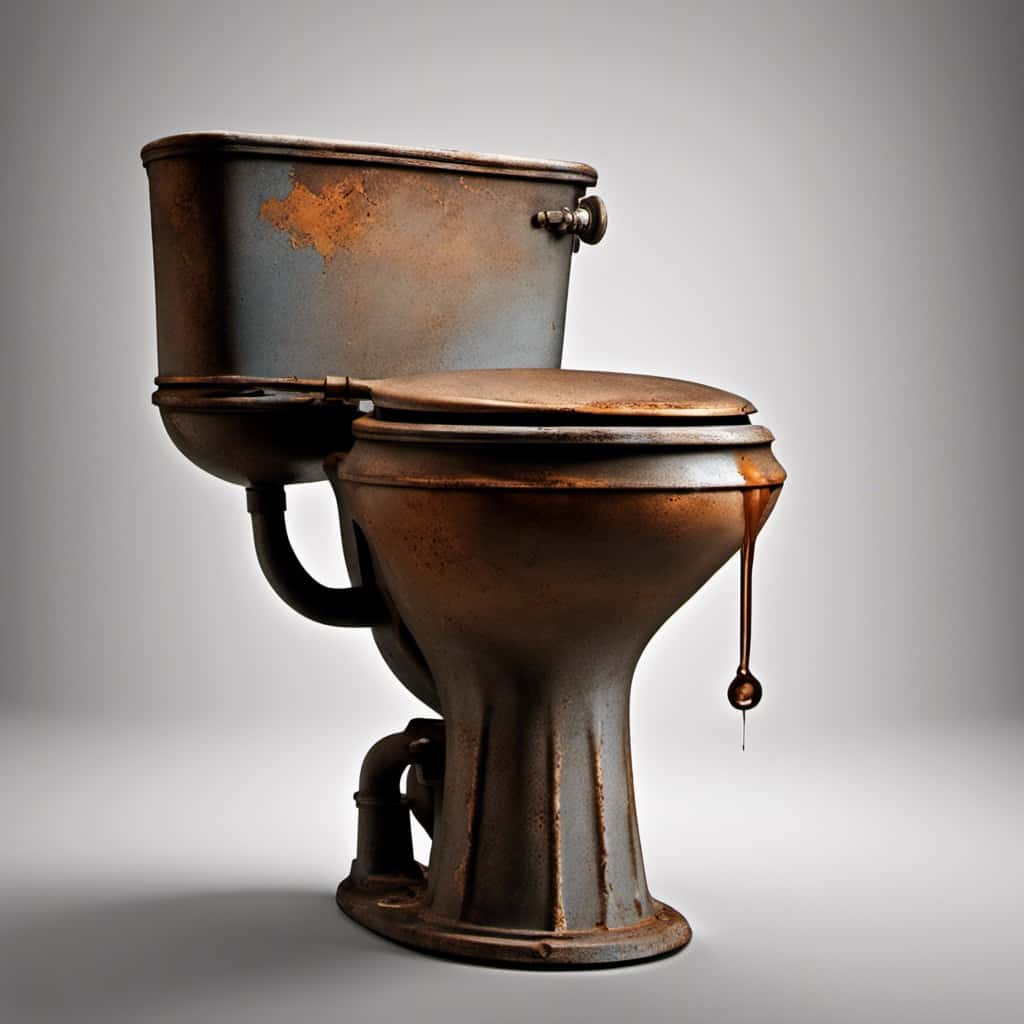
Aging Infrastructure Challenges
As we delve into the challenges posed by aging infrastructure, it becomes evident that Europe’s progress in sanitation and public health is now threatened. The outdated plumbing systems in many European countries are struggling to cope with the demands of modern society. Upgrading technology and maintaining these aging systems have become pressing issues.
One of the major challenges faced by European countries is the high cost of upgrading their infrastructure. The table below highlights the maintenance costs of some European countries:
| Country | Annual Maintenance Cost (in millions of euros) |
|---|---|
| Germany | 500 |
| France | 400 |
| Spain | 300 |
| Italy | 250 |
| United Kingdom | 200 |
These staggering figures indicate the financial burden that these countries face in order to keep their sanitation systems functioning properly. Moreover, the lack of funding and investment in infrastructure upgrades further exacerbates the problem.
Environmental Concerns
Although we face aging infrastructure challenges, it’s important to address the environmental concerns associated with flushing toilet paper in Europe. Sustainable solutions and proper waste management are crucial in mitigating the negative impact on the environment.
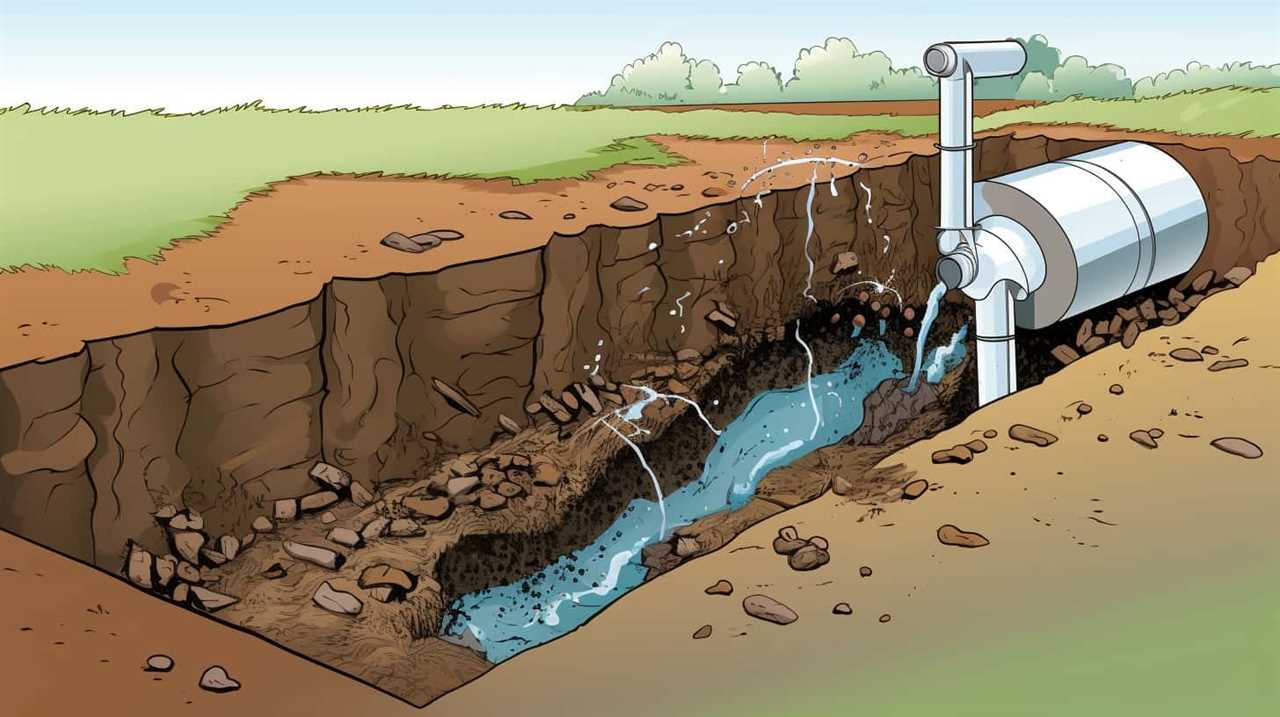
Here are three key reasons why we should be concerned:
- Water pollution: Flushing toilet paper contributes to water pollution as it can clog pipes and sewage systems, leading to overflow and contamination of water bodies.
- Deforestation: The production of toilet paper requires cutting down millions of trees annually. This not only destroys natural habitats but also contributes to climate change by reducing carbon absorption.
- Energy consumption: Manufacturing toilet paper consumes significant amounts of energy, contributing to greenhouse gas emissions and exacerbating the environmental crisis.
To address these concerns, it’s important to promote sustainable alternatives like bidets and eco-friendly toilet paper, as well as improve waste management systems to reduce the environmental impact of flushing toilet paper.
Cultural Norms and Hygiene Practices
We can better understand the reasons behind the reluctance to flush toilet paper in Europe by considering cultural norms and hygiene practices. Cultural differences play a significant role in shaping the attitudes towards toilet paper disposal. In many European countries, bidets are commonly used alongside toilets for personal hygiene. This practice reduces the reliance on toilet paper and leads to a preference for disposing of it in separate bins. Additionally, some European countries have older plumbing systems that are not designed to handle toilet paper, leading to potential clogs and backups. Public health implications also come into play, as proper disposal of toilet paper in bins helps prevent blockages and ensures proper sanitation. It is important to respect and adapt to cultural norms when traveling to ensure hygiene and avoid any negative impacts on public health.
| Cultural Differences | Personal Hygiene | Public Health Implications |
|---|---|---|
| Bidets are commonly used in Europe | Reduces reliance on toilet paper | Proper disposal helps prevent blockages |
| Older plumbing systems in some countries | Bins used for toilet paper disposal | Ensures proper sanitation |
Alternative Solutions and Best Practices
To address the issue of toilet paper disposal in Europe, let’s explore alternative solutions and best practices that can help ensure proper sanitation and prevent plumbing issues.
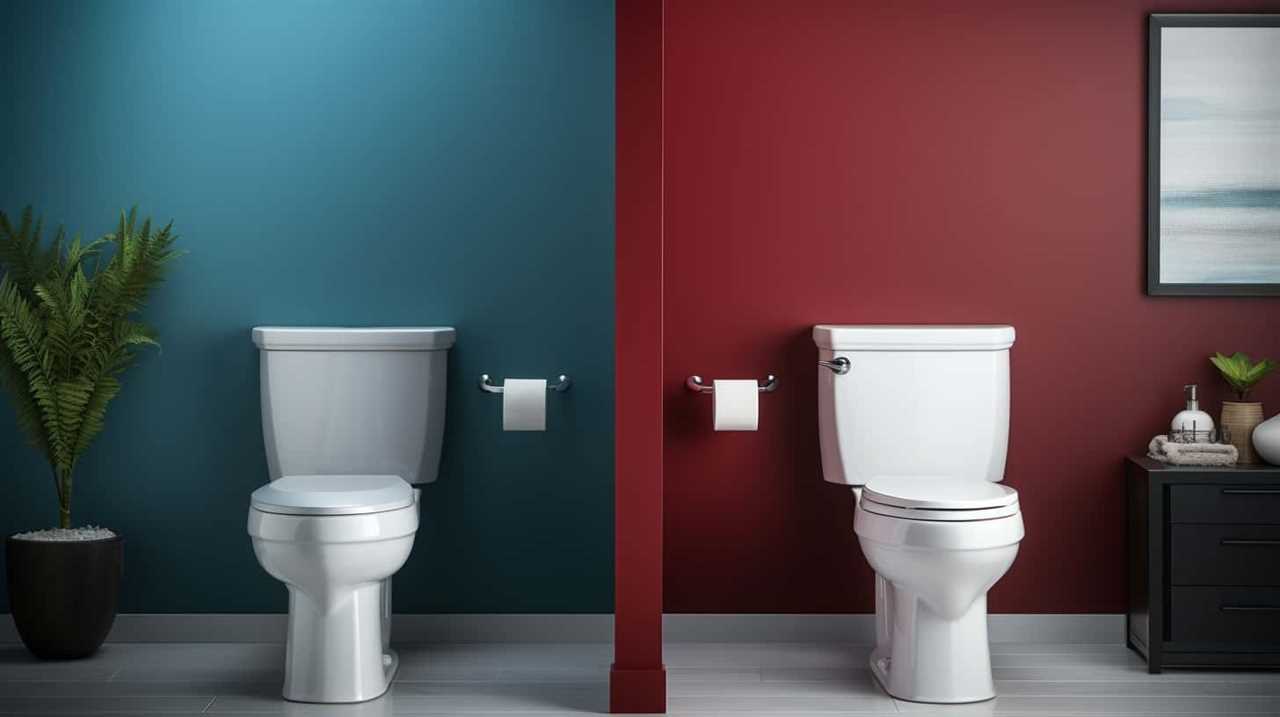
Here are three sustainable options and innovative solutions to consider:
- Bidets: Widely used in Europe, bidets are water-based alternatives to toilet paper. They provide a more thorough cleaning experience and eliminate the need for excessive toilet paper usage. Bidets can be installed as separate fixtures or integrated into the toilet itself.
- Wet wipes: While not ideal for flushing, biodegradable wet wipes can be a convenient alternative to toilet paper. They offer a more effective cleaning option and can be safely disposed of in a waste bin. However, it’s important to choose wipes specifically designed for flushing or opt for environmentally friendly options.
- Toilet paper disposal bins: Placing dedicated waste bins in the bathroom allows for proper disposal of used toilet paper. These bins can be lined with compostable bags and regularly emptied to ensure hygiene and prevent plumbing issues.
Frequently Asked Questions
How Often Do European Countries Update Their Plumbing Systems?
European countries regularly update their plumbing systems through routine maintenance and infrastructure upgrades. These measures ensure efficient and reliable wastewater management. Regular updates help prevent issues like clogged pipes and allow for the safe disposal of toilet paper.
Are There Any Regulations in Place to Address the Challenges of Aging Infrastructure?
There are regulations in place to address the challenges of aging infrastructure in Europe. These regulations aim to ensure that the plumbing systems are updated regularly to accommodate modern needs and prevent issues like the inability to flush toilet paper.
What Are the Specific Environmental Concerns Associated With Flushing Toilet Paper in Europe?
Plumbing requirements in Europe necessitate not flushing toilet paper due to concerns about environmental impact. It’s important to be aware of these regulations and dispose of paper waste properly to preserve our ecosystems.
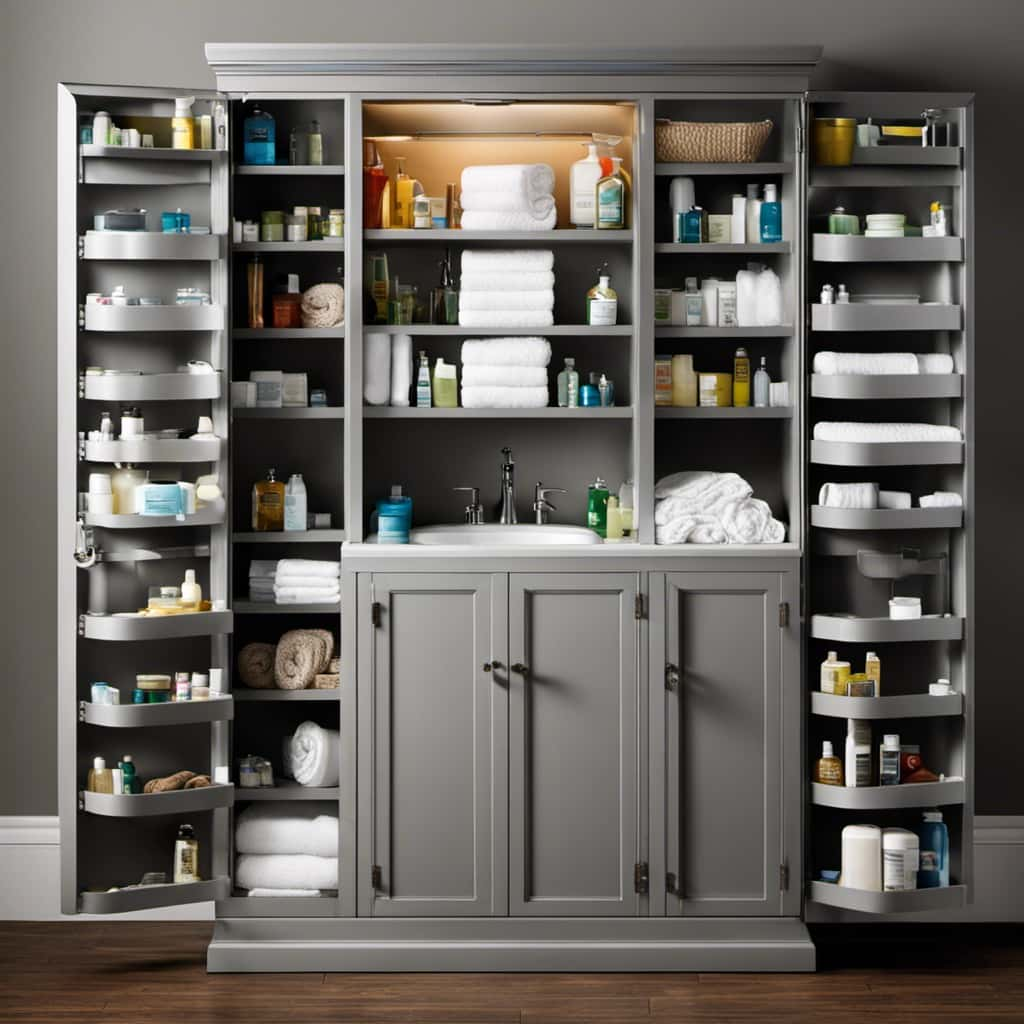
How Do Cultural Norms and Hygiene Practices in Europe Differ From Other Parts of the World?
Cultural practices and hygiene practices in Europe differ from other parts of the world. These differences can include toilet paper disposal methods and the use of bidets, which may contribute to the inability to flush toilet paper in Europe.
Apart From Not Flushing Toilet Paper, Are There Any Other Alternative Solutions or Best Practices to Address the Issue in Europe?
There are alternative solutions and best practices to address the issue in Europe. One interesting statistic is that bidets are commonly used, offering a more hygienic and environmentally friendly option for personal cleanliness.
Conclusion
In conclusion, the practice of not flushing toilet paper in Europe stems from historical plumbing systems, aging infrastructure challenges, environmental concerns, and cultural norms.
While it may seem strange to some, it’s important to respect and understand different hygiene practices around the world. Just like how each country has its own unique flavor, so too does its toilet etiquette.
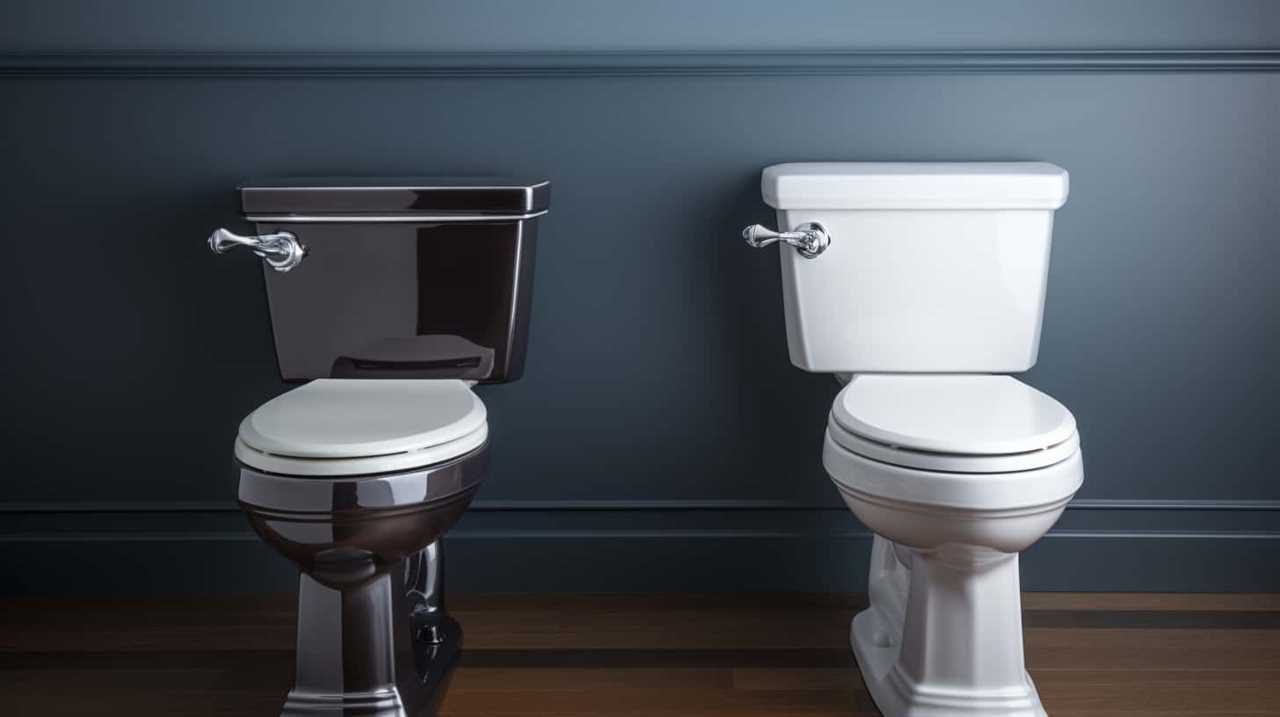
Embracing these differences is like savoring a rich tapestry of global customs, adding flavor to our understanding of the world.
